Tokyo is the biggest city in Japan with events and festivals going on throughout the year. Whether you want to enjoy the sun with a beautiful view of Cherry Blossoms (Sakura), or want to see a Yabusame display, where horseback archers do their best to hit targets at high-speed, Tokyo has many things to do for everyone!

January – Hatsumode (January 1st~3rd)

Hatsumode is the term used for first visit to a shrine/temple in the new year. The first visit to a shrine or temple in the new year is considered very important for Japanese people. It is an opportunity to bring back all the charms that were purchased at a shrine or temple in order for them to be burned in ritual practice. Once the old charms are burned, you can then buy new ones for various protections for the upcoming year.
This event is so popular that some shrines and temples have large crowd of people gather at the shrine to celebrate as soon as the clock strikes midnight on New Year’s Eve. As many as 3 million people visit Meiji Jingu Shrine for the first three days of the year. Another popular location is Narita Shinshoji near Narita Airport which attracts over a million people during the New Year season as well.
Spot Information
- Spot name: Meiji Jingu Shrine
- Street Address:1-1, Kamozono-cho, Yoyogi, Shibuya-ku, Tokyo 151-8557
- Access: Harajuku station (JR Yamanote Line) / Meiji-jingumae
station (Tokyo Metro Chiyoda Line / Fukutoshin Line)
Spot Information
- Spot name: Narita Shinshoji Temple
- Street address: 1 Narita, Chiba, 286-0023
- Access: 10 minutes walk from Keisei Narita station or JR Narita station
February – Setsubun (February 3rd)

Setsubun literally means “the first day of each season”, so even though there are technically 4 “Setsubun” in a year, to the Japanese, the most important one is the first day of Spring. Setsubun is celebrated all around Japan like Hatsumode, but it is said that Sensoji Temple in Asakusa, was the first temple that started the tradition for the common folk of Japan.
On the day of Setsubun, people throw beans while chanting the phrase “Oni wa soto! Fuku wa uchi!”. This loosely means “Go away demons! Luck please come inside”. Sensoji Temple is believed to be such a holy place that no demons would ever set foot there. Therefore, at Sensoji, they will only call out “Fuku wa uchi!”. You can witness this cultural event first-hand if you visit Sensoji on February 3rd.
Spot Information
- Spot name: Sensoji Temple
- Street address: 2-3-1 Asakusa, Taito-ku, Tokyo, 111-0032
- Access: 5 minutes walk from Asakusa station (Tobu Skytree Line, Tokyo Metro Ginza Line, Tsukuba Express, Toei Asakusa Subway Line)
March – Sakura (Cherry Blossom) Festivals

Quite possibly the most famous and popular time of year in Japan is the Cherry blossom season. People from all over the world come to Japan to visit the sites of many beautiful pink and white cherry blossoms. The blossoms only bloom for about a week and the period differs with temperature, so the date of full bloom changes every year.
In Nihonbashi, there is a Sakura festival where the entire area is decorated with cherry blossoms. So, if you happen to miss out on the sakura season, you can still enjoy sakura in the Tokyo area along with Japanese culture and history.
April – Yabusame (Horseback Archery)

Every year during mid-April, you can see horseback archery called Yabusame at Sumida Park in Tokyo’s Taito ward. Yabusame was originally a practice that archers and samurai participated in. The objective is to shoot three special “turnip-headed” arrows successively at three wooden targets, all while on a back of a running horse. It is much harder than they make it look!
Spot Information
- Spot name: Sumida Park
- Street address: 1-2-5 Mukojima, Sumida-ku, Tokyo, 131-0033
- Access: 5 minutes walk from Asakusa station (Tobu Skytree Line, Tokyo Metro Ginza Line)
May – Rose Festival

In May, many kinds of flowers bloom beautifully all-around Tokyo. There is a place called Kyu Furukawa Garden where you can find 90 kinds of flora which includes many colorful roses blooming at the same time. The house in the middle of Kyu Furukawa Garden is a Western-style residence based on Taisho era architecture, designed by the English architect Josiah Condor.
Spot Information
- Spot name: Kyu Furukawa Garden
- Street address: 1-27-39 Nishigahara, Kita-ku, Tokyo, 114-0024
- Access: 7 minutes walk from Kami-Nakasato Station (JR Keihin-Tohoku Line), 7 minutes walk from Nishigahara Station (Tokyo Metro Namboku Line), 12 minutes walk from Komagome Station (JR Yamanote Line), 18 minutes walk from Asukayama station (Toden Arakawa Line)
June – Shobu (Iris) Festival
In the city of Katsushika, there are two famous parks known for their iris plants: Horikiri Shobu En and Mizumoto Park. Horikiri Shobuen is one of the more notable sights in Tokyo and holds over 6,000 iris plants that bloom around early to mid-June. During this time, they hold a festival and the opening hours are extended. Mizumoto Park is also located nearby, where you can have a great view of their 14,000 iris plants in a beautiful garden pond.
Spot Information
- Spot name: Horikiri Shobu En
- Street address: 2-19-1 Horikiri, Katsushika-ku, Tokyo, 124-0006
- Access: 10 minutes walk from Horikiri Shobu-en station (Keisei Main Line)
Spot Information
- Spot name: Mizumoto Park
- Street address: 3-2 Mizumoto Koen, Katsushika-jy, Tokyo, 125-0034
- Access: From Kanamachi station, take the Keisei Bus (towards Togasaki-soshajo or Nishi-Mizumoto-Sanchome) to Mizumoto-Koen bus stop, and walk for 7 minutes
July – Morning Glory Festival (July 6~8)
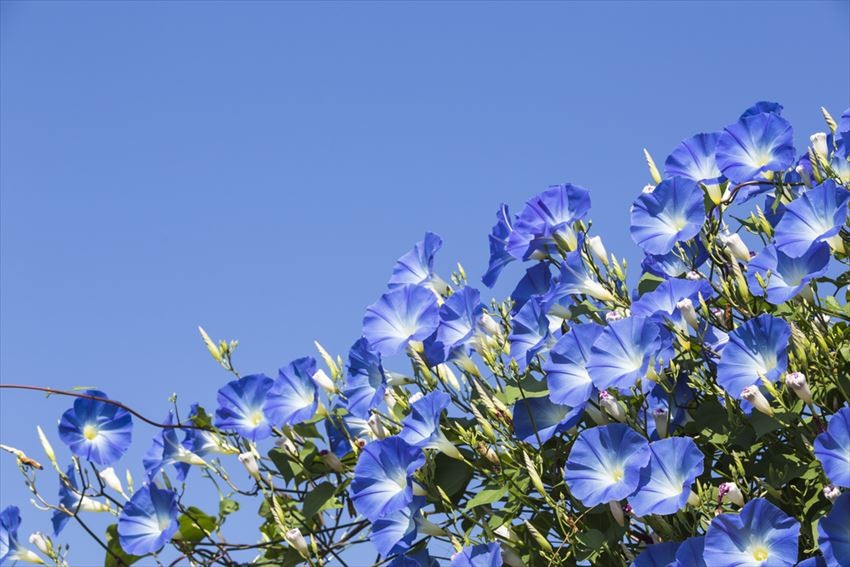
There are a lot of events that take place during the summer season, but the Iriya Asagao Matsuri is one of the truly unique festivals, as it has a long history dating back to the Edo era. At this festival, you can find around 120-morning glory shops, along with a variety of street food stalls to celebrate with family or friends. It is held from July 6th to 8th every year and is the largest festival dedicated to morning glories in all of Japan.
Spot Information
- Spot name: Iriya Asagao Matsuri at Kishimojin Temple, Kotoi-Dori Road
- Street address: 1-12-16 Shitaya, Taito City, Tokyo
- Access: 3 minutes walk from Uguisudani station South Exit (JR Yamanote Line or Keihin-Tohoku Line) /1-minute walk from Iriya station (Tokyo Metro Hibiya Line)
August – Asagaya Star Festival
Asagaya Tanabata Matsuri (Star Festival) is known nationwide in Japan as one of the three greatest festivals. During the event, huge colorful decorations made of bamboo welcome you in front of the JR Asagaya Station. The atmosphere is very relaxed and there are many decorations to see! You can also find many places where you can write a wish on a piece of paper and hope it comes true!
Spot Information
- Spot name: Asagaya Pearl Center Shopping Street / Asagaya Station
- Street address: 1-36-7 Asagayaminami, Suginami-ku, Tokyo
- Access: JR Asagaya station / Minami Asagaya station (Tokyo Metro Marunouchi Line)
September – The Nezu Jinja Shrine Annual Grand Festival
Considered one of the three largest festivals during the Edo era, the Nezu Jinja Annual Grand Festival began in 1714. Back then, many floats were gathered from all corners of Edo and paraded on the streets while everyone celebrated. These days, you can still see many people carrying portable shrines with street food stalls around every corner.
Spot Information
- Spot name: Nezu Jinja Shrine
- Street address: 1-28-9 Nezu, Bunkyo City, Tokyo
- Access: 5 minutes walk from Todaimae station (Tokyo Metro Nanboku Line), Nezu station or Sendagi station (Tokyo Metro Chiyoda Line)
October – Ikegami Honmonji Temple - Oeshiki Festival
Located in Ota city, the Oeshiki festival is a Buddhist festival that commemorates the death anniversary of Saint Nichiren. It takes place at the Ikegami Honmonji Temple and even though Oeshiki Festival is held all over Japan, the one at Ikegami Honmonji Temple is the largest due to Saint Nichiren passing away at this very temple. The festival has a long history of over 730 years.
Spot Information
- Spot name: Ikegami Honmonji Temple
- Street address: 1-1-1, Ikegami, Ōta-ku, Tokyo
- Access: 15 minutes walk from Nishi-Magome station (Toei Asakusa Subway Line) / Ikegami station (Tokyu Ikegami Line)
November – Rikugien Gardens Fall Evening Illumination
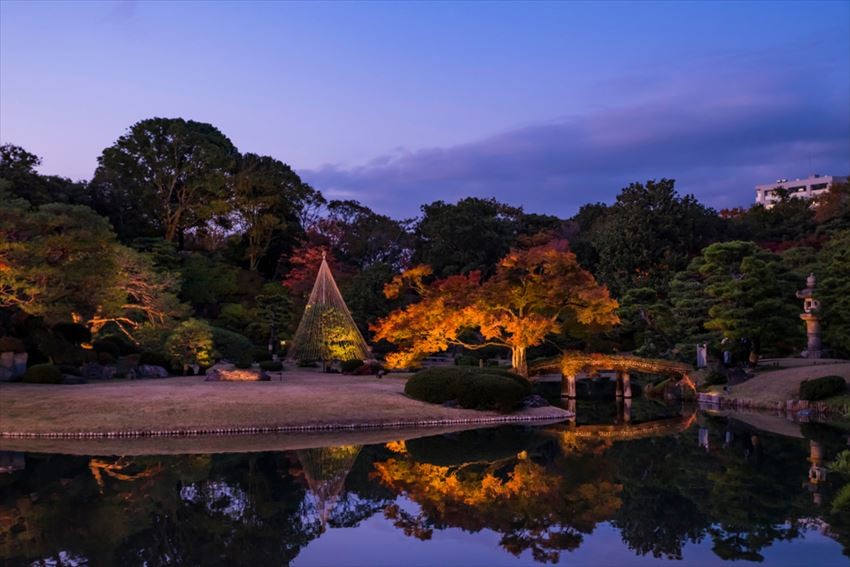
November is a great time to visit Japan because of momiji (red leaves), the autumn colors. This is a time of year when all the leaves on the trees change into beautiful shades of yellow, orange, and red. One of the most beautiful places to see momiji in Tokyo is over at the Rikugien Garden, which is only a few minutes-walk from Komagome station. The garden is famous for their cherry blossom trees, but during autumn, you can enjoy the beautiful sight of red leaves lit up in the evening. It’s a perfect opportunity to snap a few pictures with a stunning display of the trees reflected in the garden pond.
Spot Information
- Spot name: Rikugien Gardens
- Street address: 6-16-3 Honkomagome, Bunkyo-ku, Tokyo, 113-0021
- Access: 7 minutes walk from Komagome station (JR Yamanote Line, Tokyo Metro Nanboku Line) / 10 minutes walk from Sengoku station (Toei Mita Subway Line)
December – Setagaya Boro-ichi
Boro-ichi is a scrap market that takes place in Setagaya. It has over 430 years of history and is designated as one of Tokyo’s intangible folk cultural assets. “Boro” by itself means “scraps”, so the market closely resembles that of a flea market that you can find in other parts of the world.
There are over 700 vendors here in tight quarters, where you can find a variety of items from daily necessities, to toys, plants, and even clothes and fabrics. One of the popular snacks here is the daikon mochi, which can usually only be found at such markets.
Spot Information
- Spot name: Setagaya Boro-ichi Dori Street
- Street address: 1-chōme Setagaya, Setagaya-ku, Tōkyō-to, 154-0017
- Access: About 3 minutes walk from Setagaya station or Kamimachi station (Tokyu Setagaya Line)

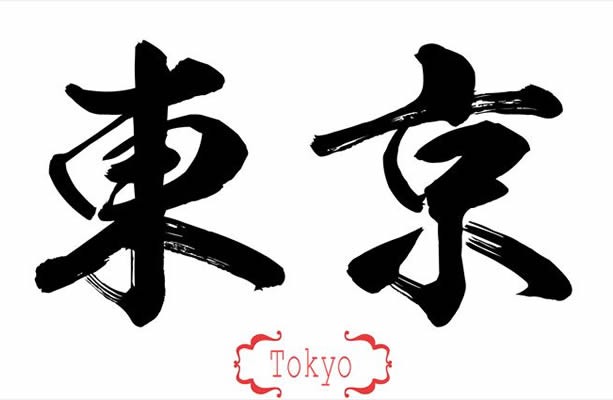
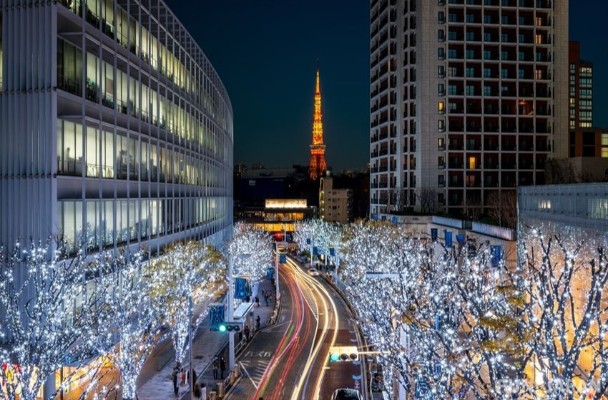
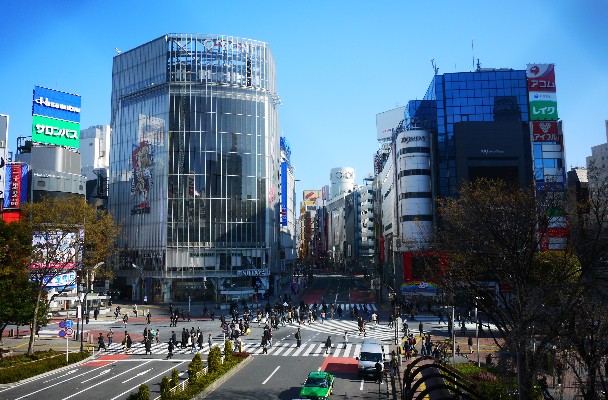
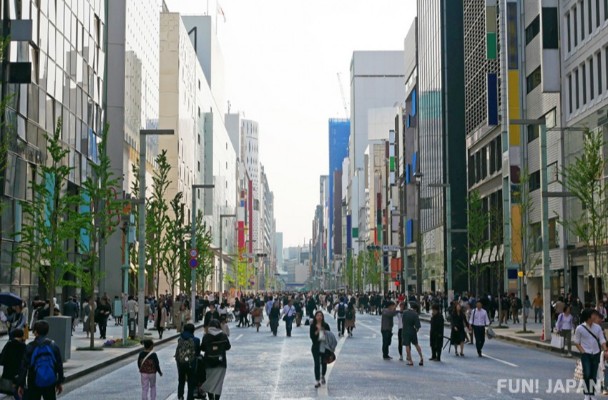


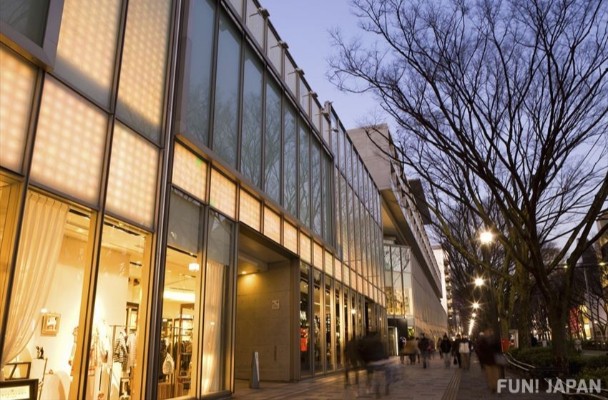
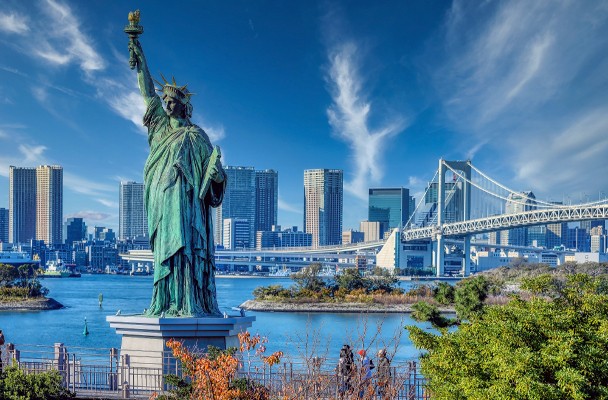
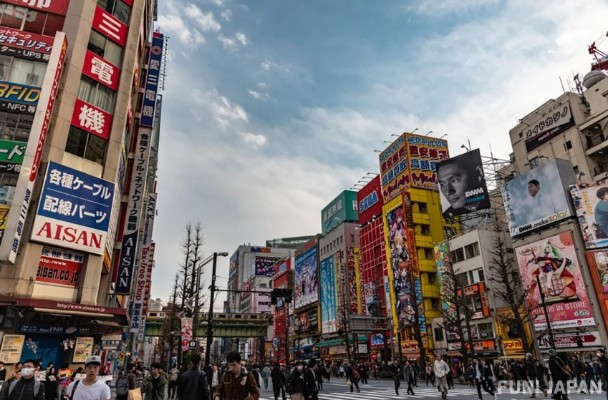

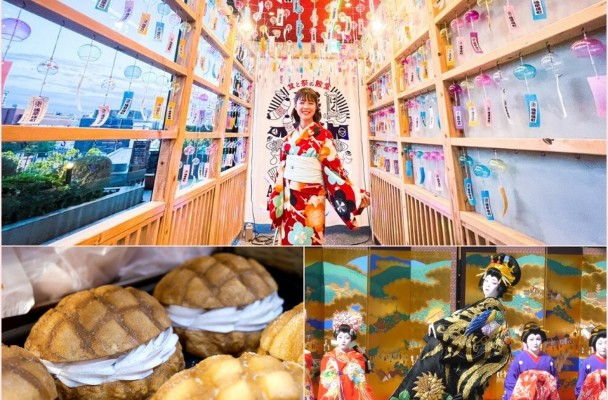
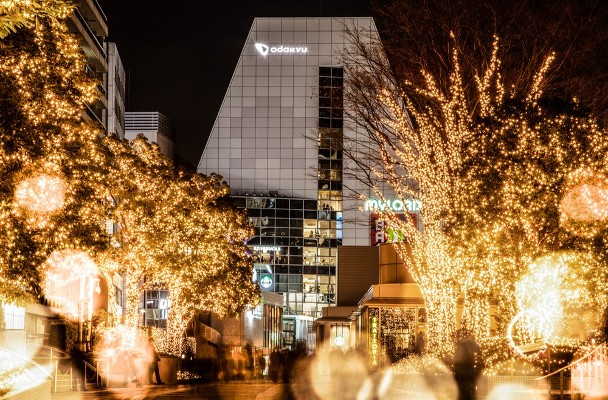
Comments